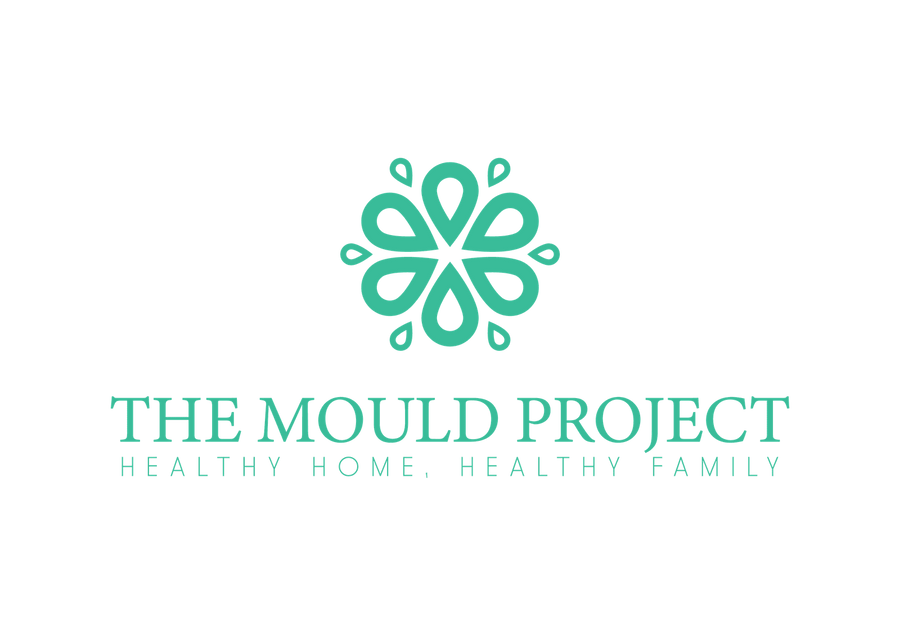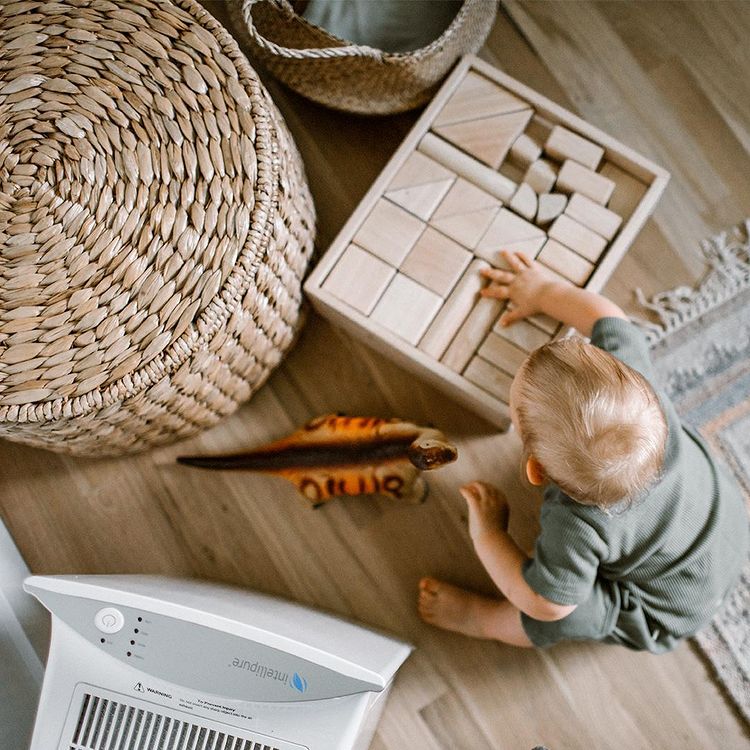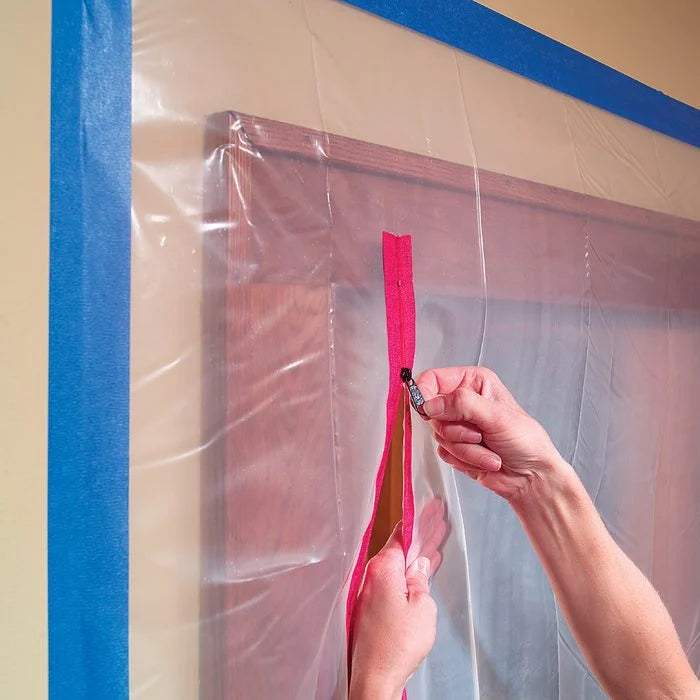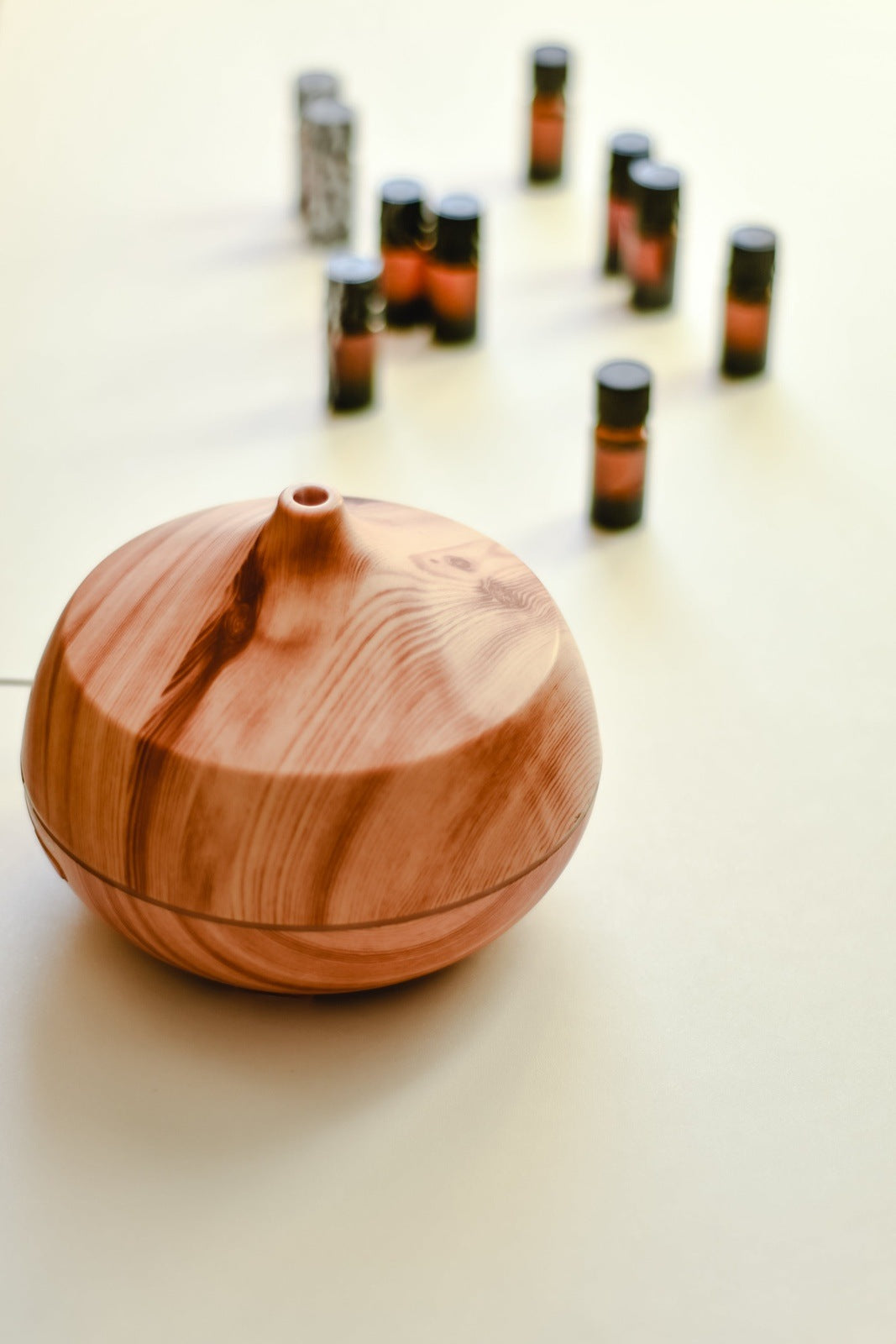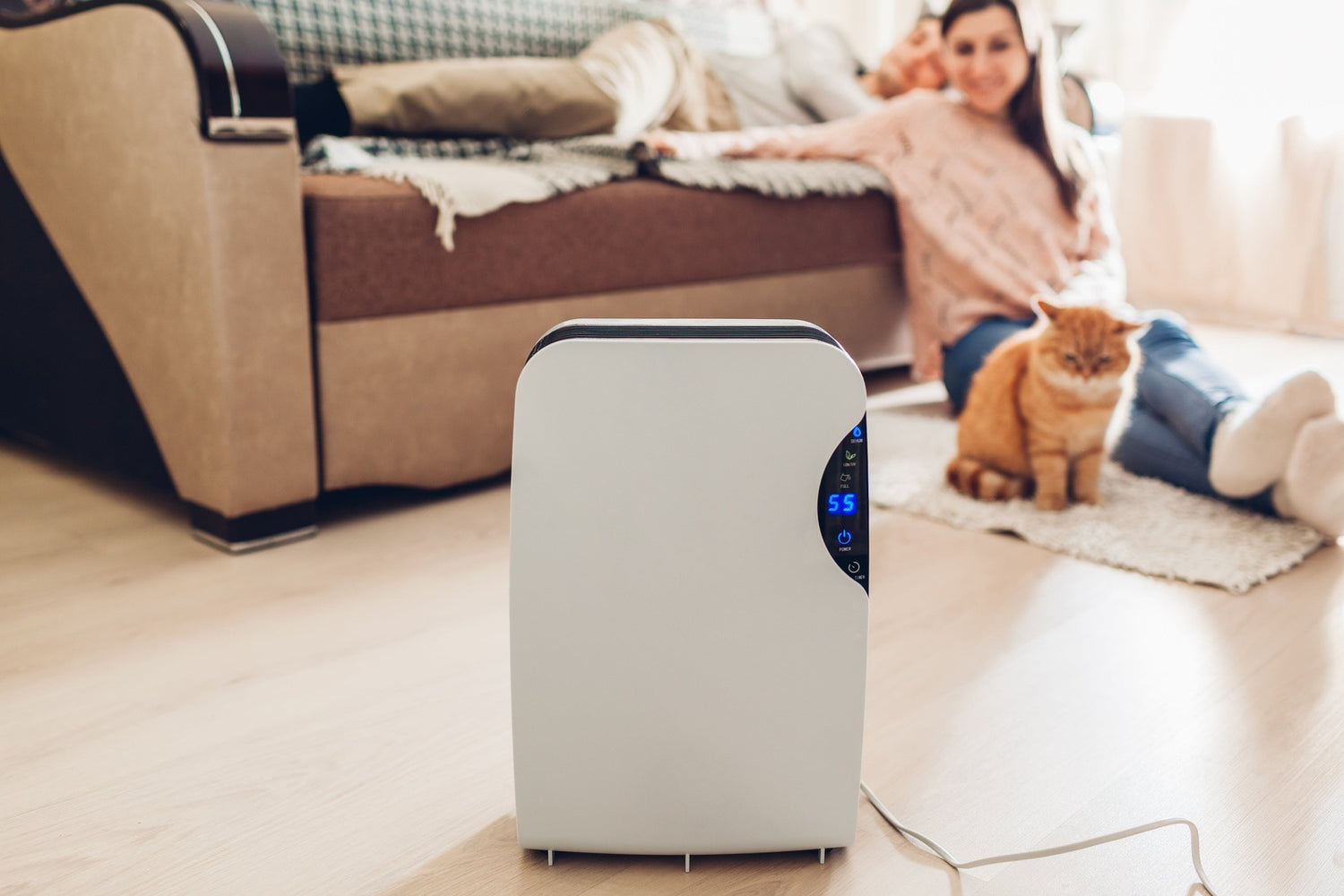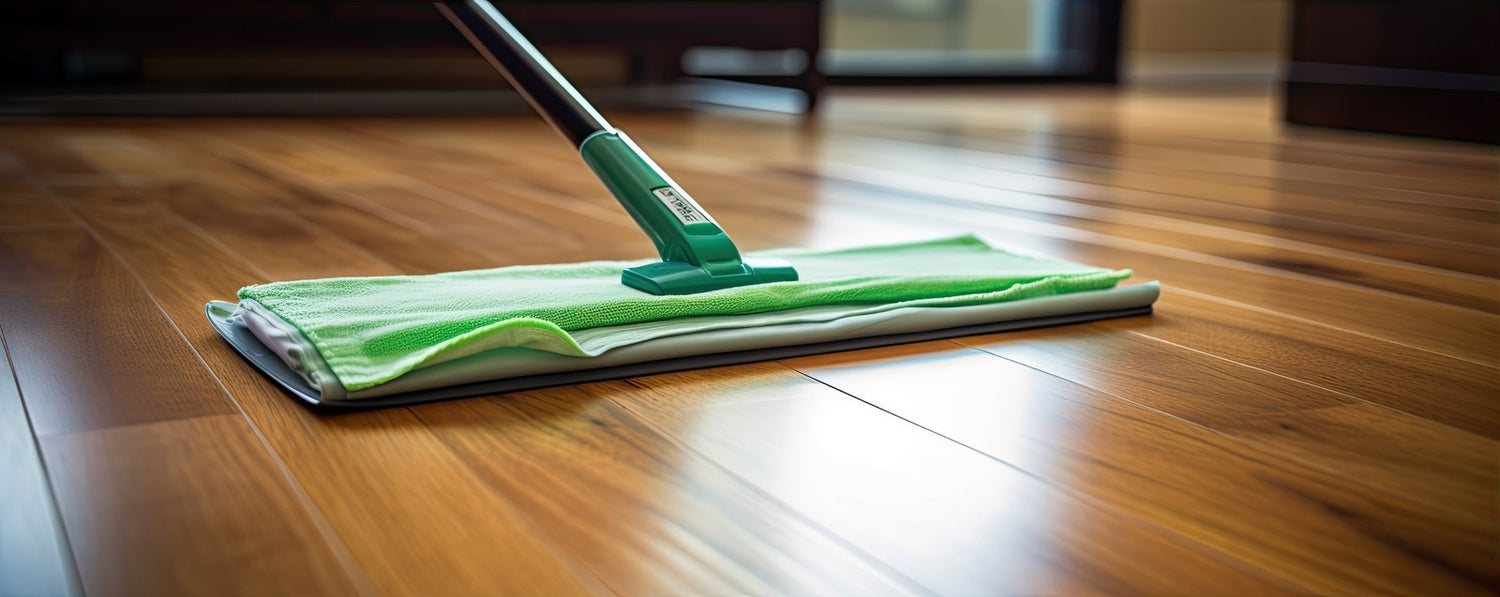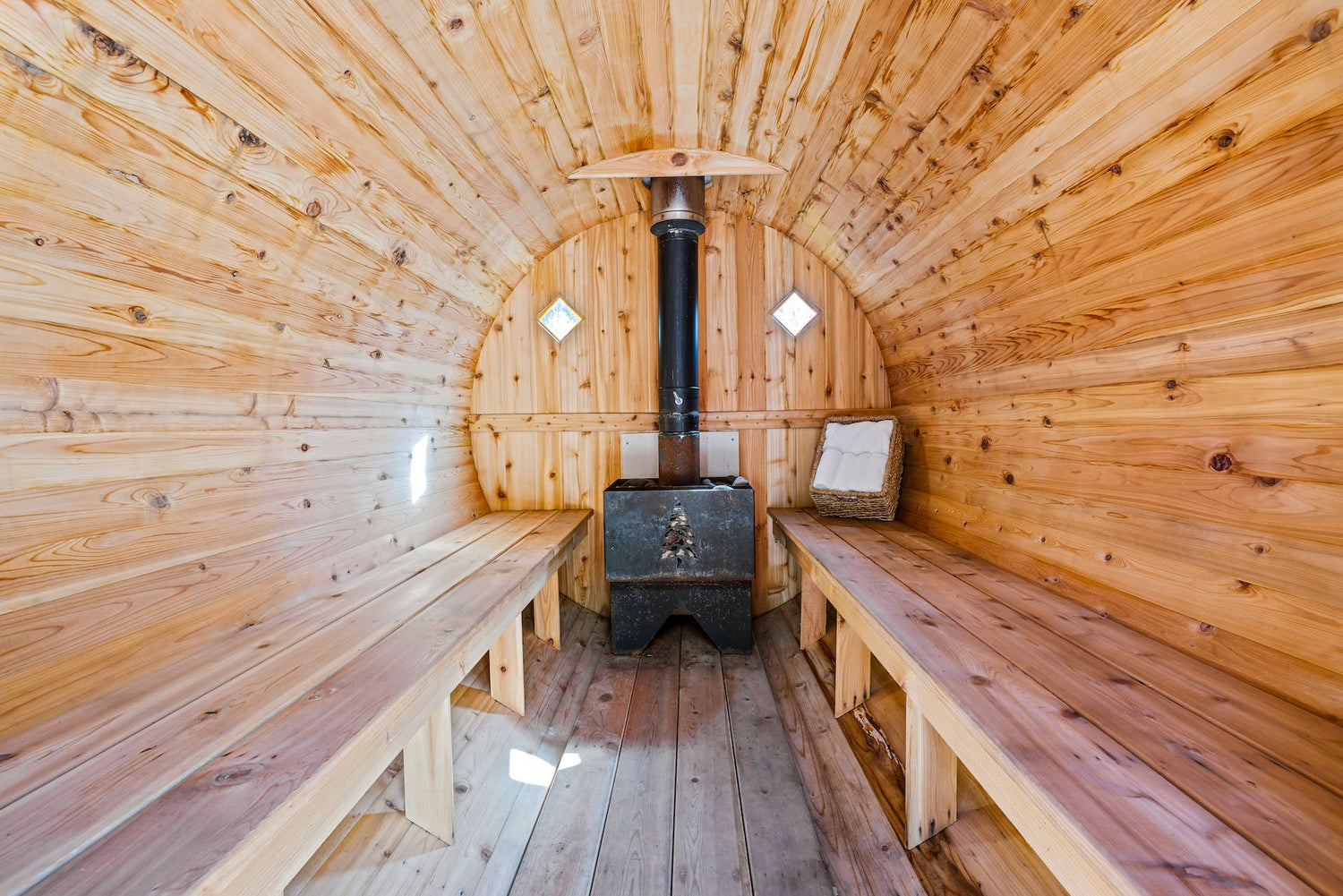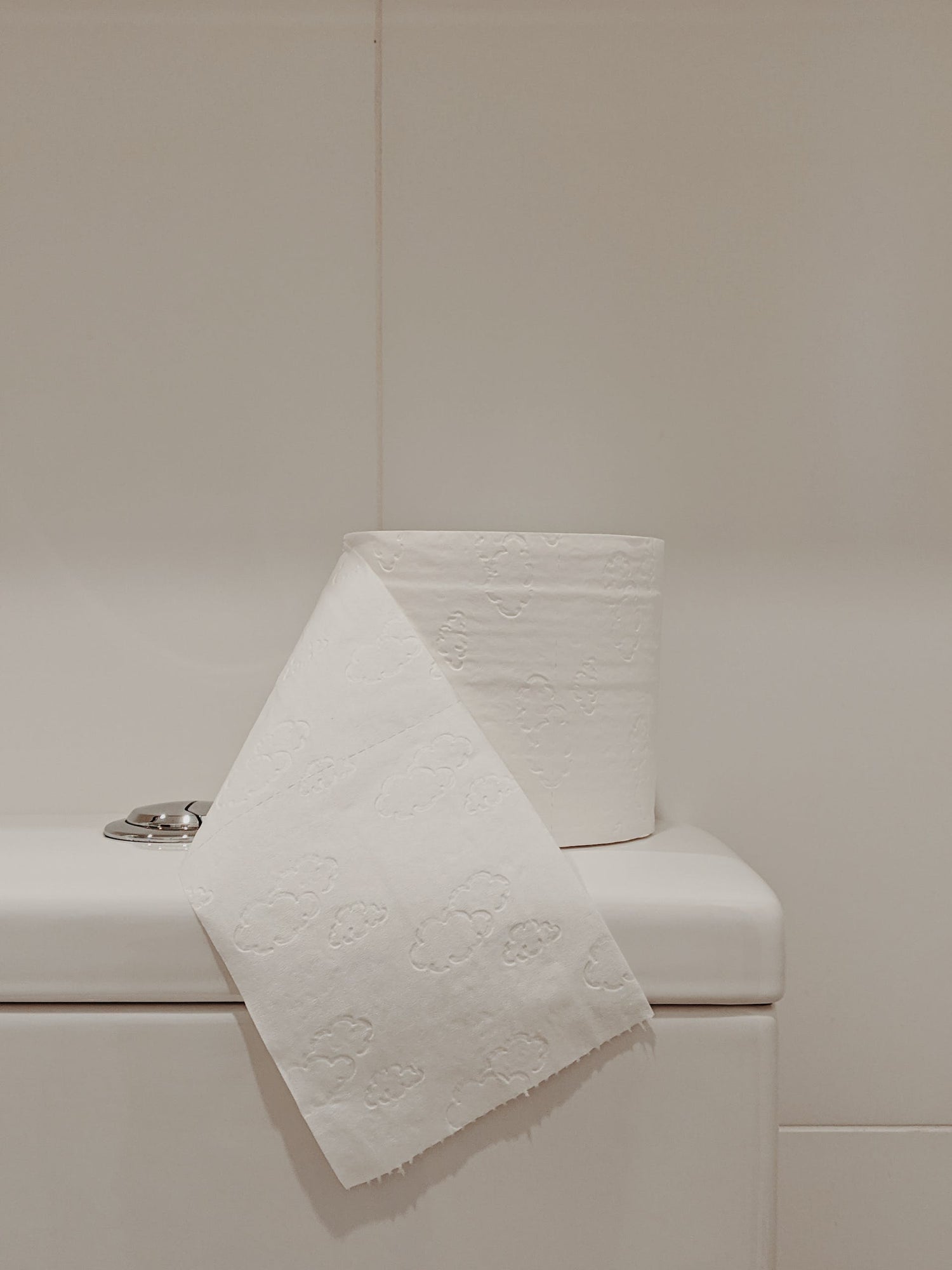"How do I test my house for mould?" is one the most common questions we get.
There are 2 main questions when testing your house
- Does my house have a mould problem, and how bad is it?
- If there is a problem, where is it coming from?
In an ideal world, there would be one test/method that could answer both tests accurately. But like many things in the health world, there is no perfect test and a combination of tests and methods is often needed to accurately answer both questions
In our experience we have found answering question 1 with the ERMI test is the best place to start in most cases. This is because it is a much more accurate way of finding mould than the other methods and tests. If this test shows there is a problem, then you can move to question number 2 which can be answered by other methods such as visual inspection, moisture testing, air sampling and surface sampling. This is where a good mould inspection company (or similar) can come in and use these tools to help locate the sources of the mould and come up with a remediation plan.
An analogy would be like looking for something in our bodies. Lets say (and this entirely made up) that there is a certain type of cancer in the body which can be detected accurately with a blood test. This test can be used to accurately screen your body, and then once you know that the cancer is there, you can use other methods to determine where it is (ie scans). If you just went straight to the scans, it may show up if it is obvious and bad enough but there is a chance that it will be missed as well. This can happen with air testing- it will often pick up a problem when it is bad enough but it may not be sensitive enough to pick up mould that is hidden behind a wall.
Avoiding this situation
The worst situation, which we come across a bit, is when someone has had their house tested and inspected before and has been given the all clear - only to find out years later that there has been a hidden mould problem all along
Sam will have been dealing with chronic health symptoms for years and finally come across mould illness. It all seems to fit and so he contacts a company to come and inspect and test his house. The inspector comes and all the testing comes back fine, or maybe just a heat pump to clean. So reassured that it isnt mould, Sam dismisses it and moves onto other areas of health. But Sam doesnt get any better, in fact he gets worse. He finally consults again with someone regarding mould and they recommend an a different test- an ERMI. This test picks up toxic moulds that are can produce mycotoxins and this matches with Sam's symptoms. Sam decides to move to a newer home with less mould, and then starts to make progress with his health.
The limitations of Air Sampling
While air sampling is a useful tool for determining where in a house the mould is, it does have some shortcomings, and if it is the only testing method used it could potentially miss a problem in your home.
These include
- Limited Sample Timeframe – Air sampling only captures mould spores present in the air at the time of collection. Mould spore levels fluctuate throughout the day, meaning an air sample taken at the wrong time may miss significant contamination.
- May miss some mould species Certain mould species may evade air testing, especially those that are heavier and fall to the ground quicker. For example, Stachybotrys and Chaetomium (both very toxic mould species) are relatively large and heavier spores and won't usually show up on air testing. These spores will often hide in cracks and behind walls, where they can still produce mycotoxin
One study compared air sampling vs DNA swab testing for Chaetomium. It picked up Chaetomium in 0% of air samples, but it showed up in 23% of the DNA samples
In a similar study, researchers found that Stachybotrys was found in only 9.6% of room air samples, where cavity testing revealed it was actually present in at least 58.5% of homes
- Not as effective as measuring fragments. Dry, dormant mould can break into fragments- which also poses a health risk. Air testing can pick up some mould fragments, but DNA-PCR testing is much more accurate at identifying the total level of fragments present in a home
- Overloading In dusty environments, the dust and particles like soot can make it difficult to visualise the mould spores when assessing.
While this was not a published study, We Inspect (a respected USA inspection company) conducted its own internal study and found that air sampling missed a problem that was found with other methods approximately 80% of the time. The source of mould that was identified was less than a metre away from where the air sample was taken!
What is the ERMI?
The ERMI (Environmental Relative Moldiness Index) test, which uses DNA-PCR technology, offers a far more accurate and comprehensive assessment when used as a screening test for the house. The ERMI test was developed by the U.S. Environmental Protection Agency (EPA). This method involves collecting dust samples from the home and analyzing them for specific mould species. Because it is testing for the DNA, it is able to detect spore fragments as well as spores which gives a clearer picture of the overall mould load in a home. As dust accumulates over time, the ERMI test provides a historical record of mould exposure rather than just a snapshot of current conditions.
Once you know that your house has a mould problem, you can then use other tools such as air sampling (within a cavity is where it is most accurate), surface sampling, visual inspection and moisture testing.
Mark Levy, (www.themouldguy.com) was intereviewed on a series of videos for Change The Air Foundation. Regarding the ERMI he states
"When the data within the ERMI test is properly used, it is a powerful and reliable tool. It can help flush out mould problems that could otherwise be missed."
But I have read that the ERMI isn't approved for commercial use?
This is true. The ERMI test was designed as a research tool. But that doesn't mean it isn't a useful tool for testing houses. The key is in how the test is interpreted. The ERMI comes with its own score but when interpreting test you t ignore this score and look at the individual mould levels instead. These mould levels need to be assessed relative to the age of the house and also the occupants health condition.
The ERMI test is used by many practitioners and Indoor Environment Professionals (IEPs) worldwide, and has been found to be very useful due. So while it isn't recommended for commercial use, it is akin to a drug being used "off-label" ie. Used for different purpose for what it is intended as it has been found to be helpful for that condition.
The Environmental Protection Agency developed this research tool in 2004 and called it the Environmental Relative Moldiness Index.⁹ They analyzed over 1,000 homes to help determine mold contamination in the home. This method takes a close look at the dust inside a space by examining mold-specific quantitative polymerase chain reaction (MSQPCR), a DNA-based testing method, to determine the species and concentrations of mold present.
What are the weaknesses of the ERMI test?
As discussed before, the ERMI won't tell you where the source of the problem is. Other testing and inspection methods will be required to find the souces of the mould problem
There is also the option of using multiple ERMIs to split a house into sections. This can be useful, especially for a larger house, to get a better idea of which areas of the house have the problems.
The collection of the dust for the test is very important for the quality of the test. Drywall dust, rust and chemicals can inhibit results making them accurate. When you purchase an ERMI test from us, we will send you a detailed video on how to collect the ERMI to ensure the best results. The age of the dust will also affect results. This can be dependent on the situation, but generally you want to have at least 3 months of dust to get an accurate results. If someone has just done a deep clean of the house, they will usually have to wait 3 more months to test which can delay them getting information on their house that they can take action on.
What happens after I do an ERMI?
If you purchase an ERMI through The Mould Project, we will interpret your results and have a online consultation with you. This will take in account what is going on with your health, and give you recommendations to move forward for both your home and your health.
